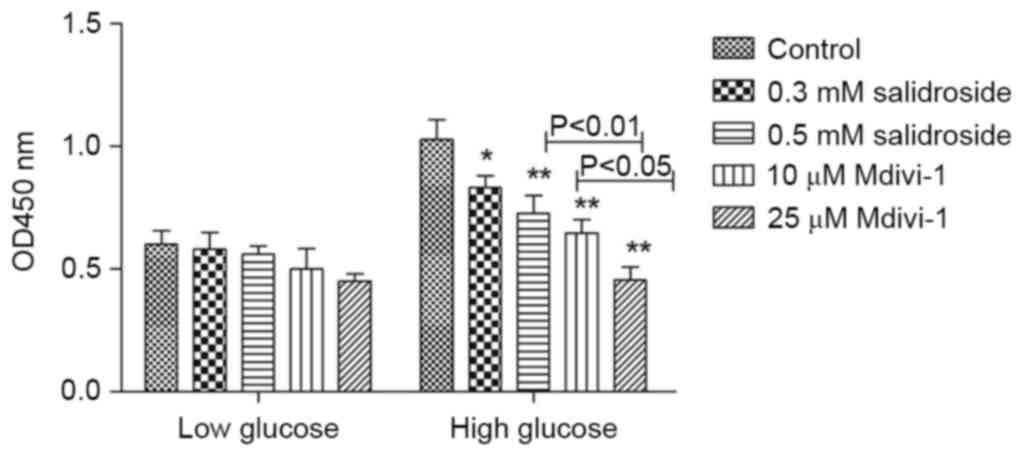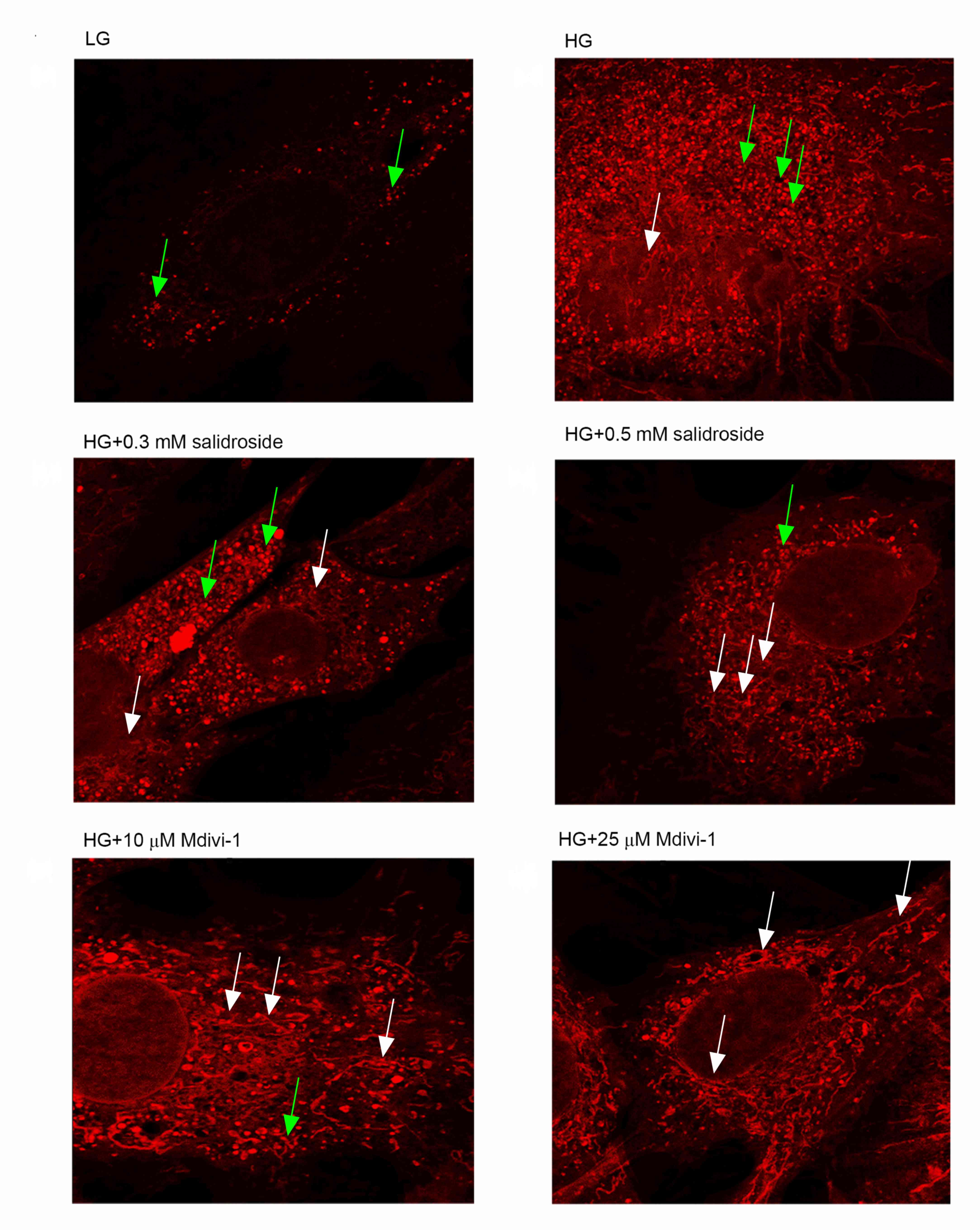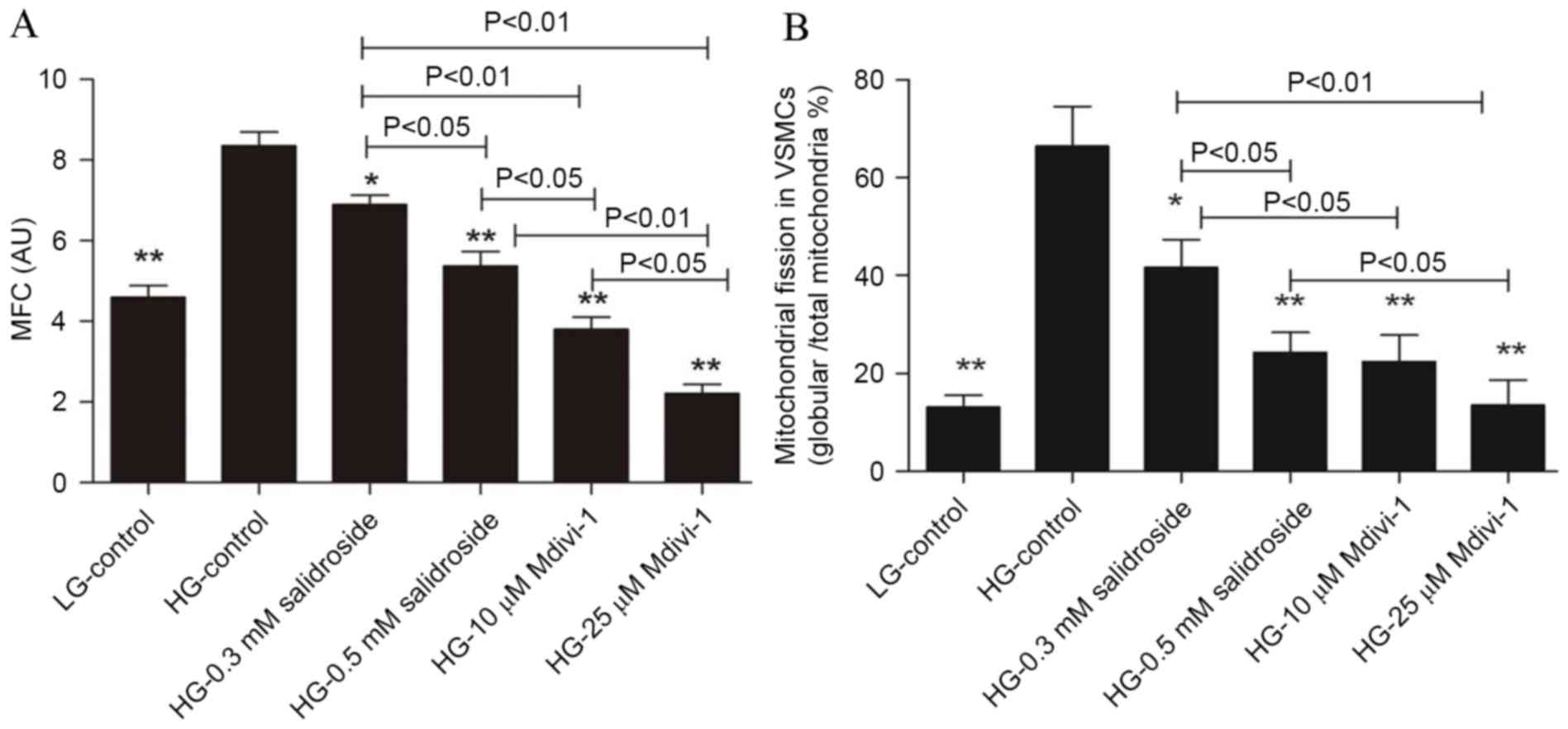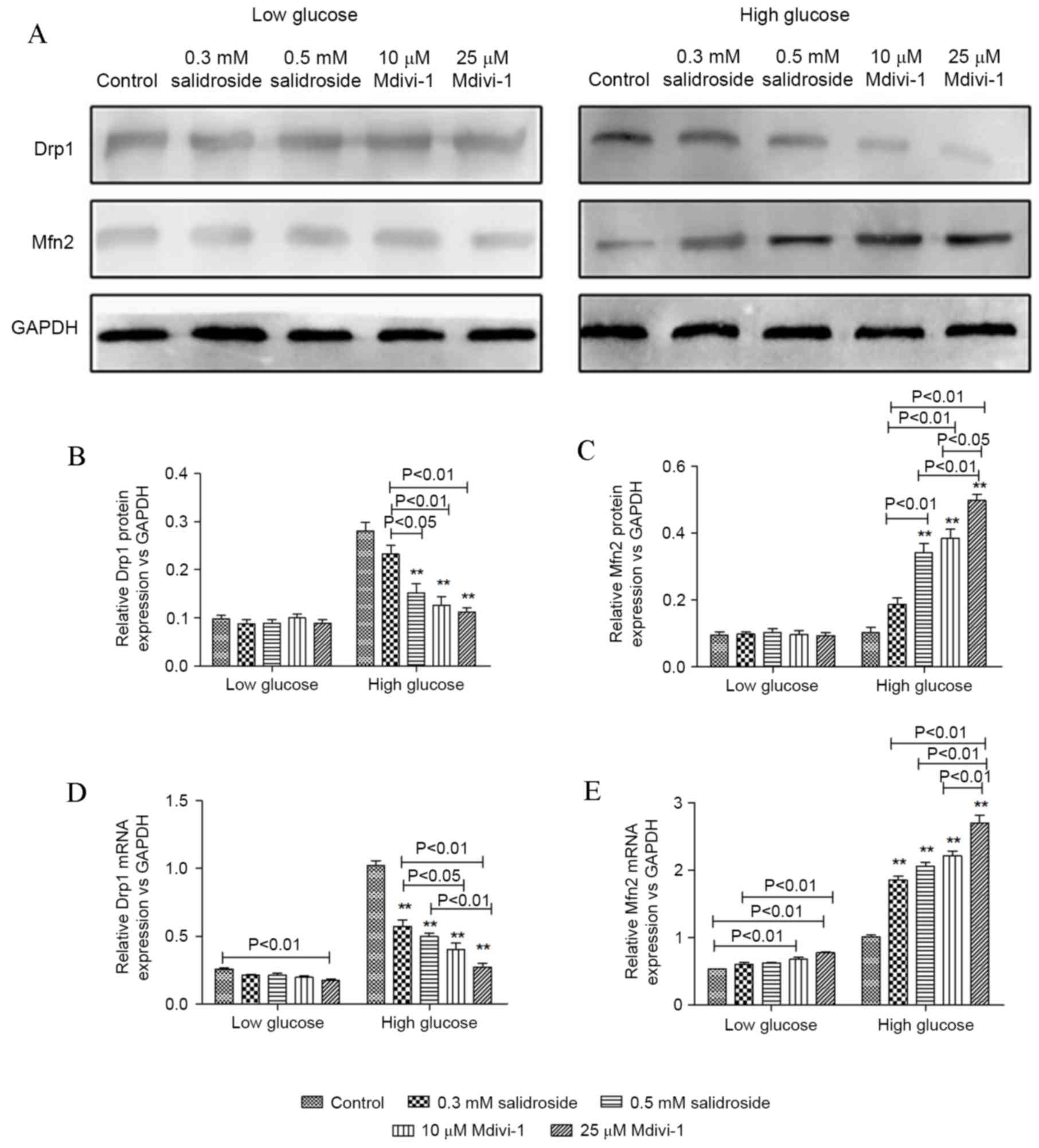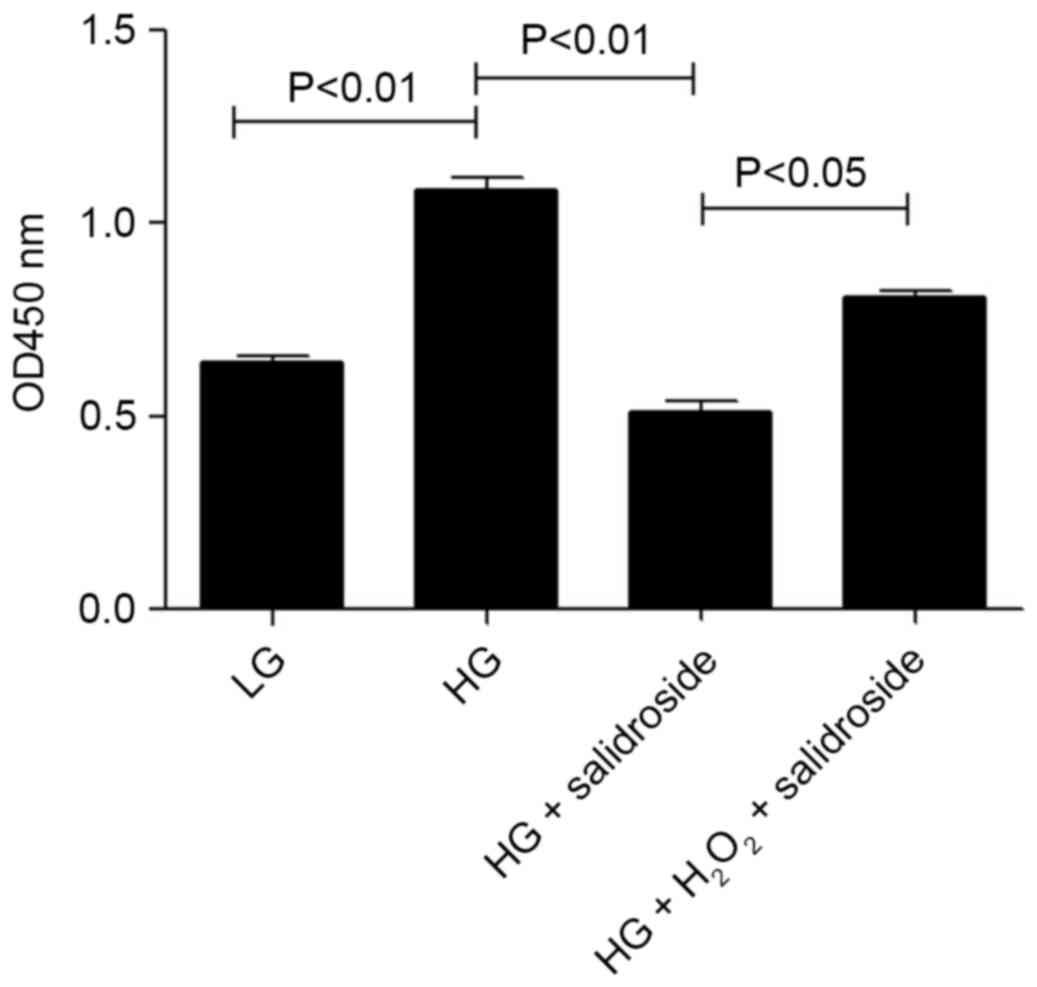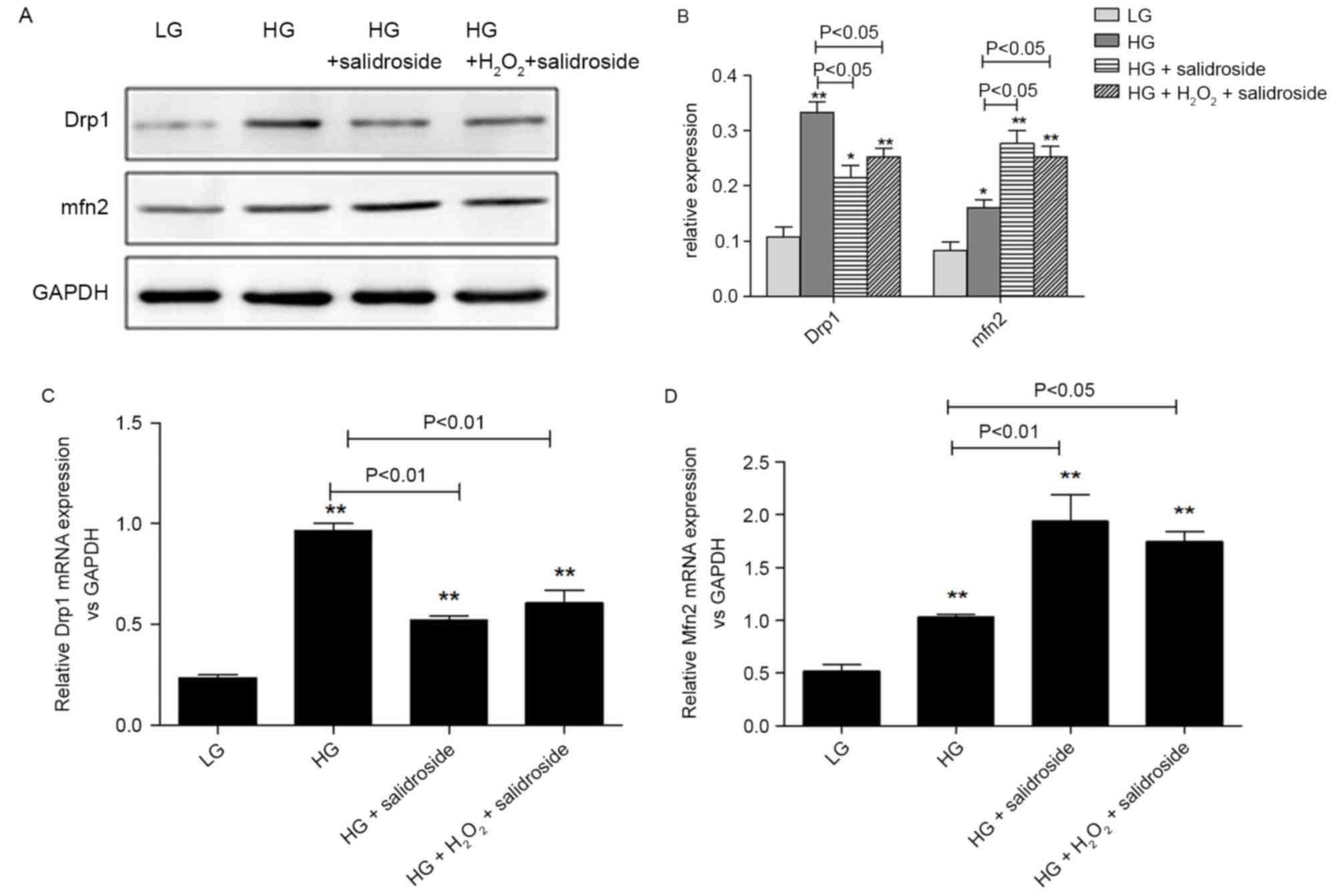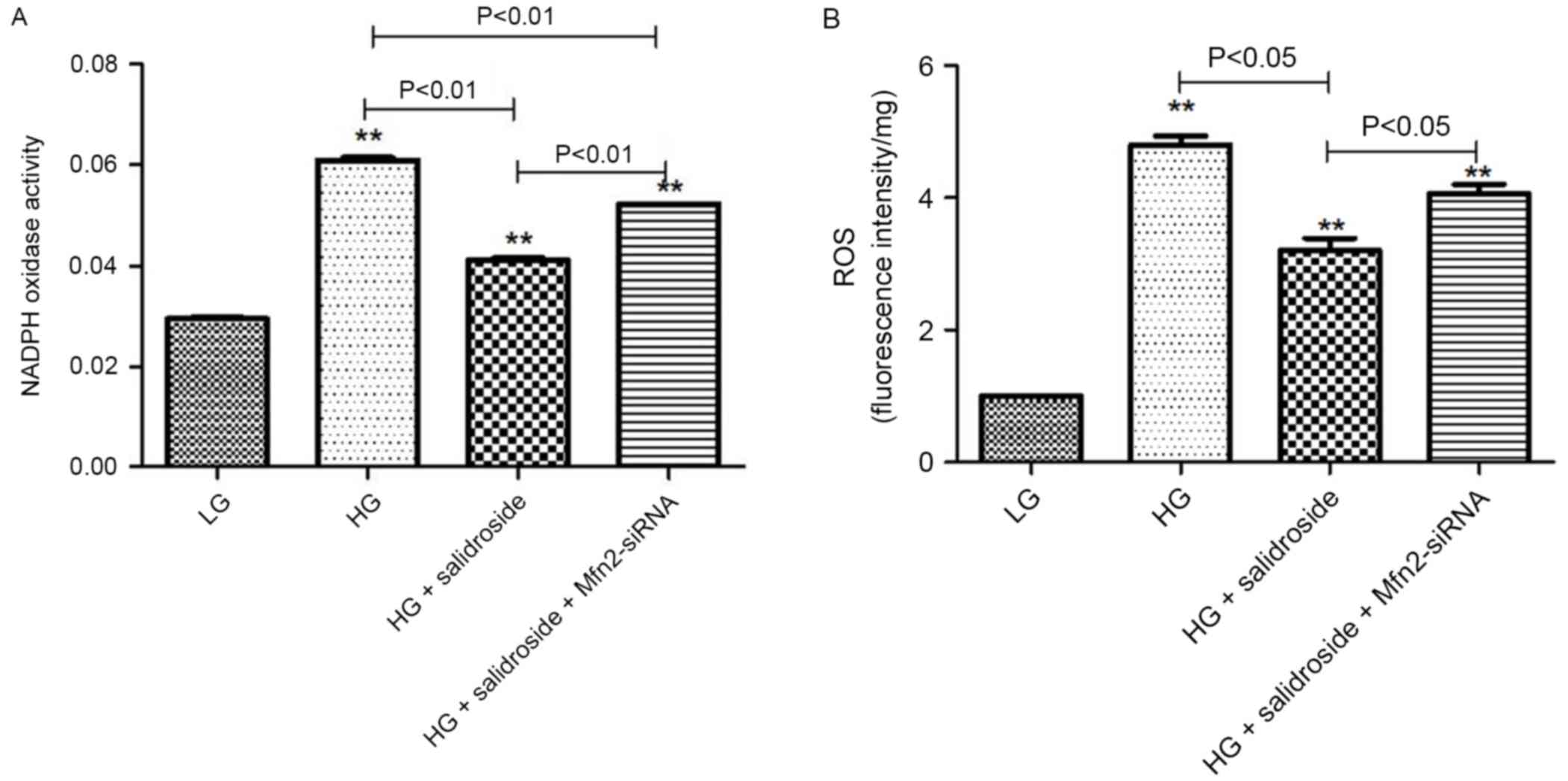|
1
|
Mendis S, Davis S and Norrving B:
Organizational update: The world health organization global status
report on noncommunicable diseases 2014; one more landmark step in
the combat against stroke and vascular disease. Stroke.
46:e121–e122. 2015. View Article : Google Scholar : PubMed/NCBI
|
|
2
|
GBD 2013 DALYs and HALE Collaborators, ;
Murray CJ, Barber RM, Foreman KJ, Ozgoren A Abbasoglu, Abd-Allah F,
Abera SF, Aboyans V, Abraham JP, Abubakar I, et al: Global,
regional and national disability-adjusted life years (DALYs) for
306 diseases and injuries and healthy life expectancy (HALE) for
188 countries, 1990–2013: Quantifying the epidemiological
transition. Lancet. 386:2145–2191. 2015. View Article : Google Scholar : PubMed/NCBI
|
|
3
|
Novack V, Tsyvine D, Cohen DJ, Pencina M,
Dubin J, Dehghani H, Kleiman NS and Cutlip DE: Multivessel
drug-eluting stenting and impact of diabetes mellitus-a report from
the EVENT registry. Catheter Cardiovasc Interv. 73:874–880. 2009.
View Article : Google Scholar : PubMed/NCBI
|
|
4
|
Costa PZ and Soares R: Neovascularization
in diabetes and its complications. Unraveling the angiogenic
paradox. Life Sci. 92:1037–1045. 2013. View Article : Google Scholar : PubMed/NCBI
|
|
5
|
Woodman RJ, Chew GT and Watts GF:
Mechanisms, significance and treatment of vascular dysfunction in
type 2 diabetes mellitus: Focus on lipid-regulating therapy. Drugs.
65:31–74. 2005. View Article : Google Scholar : PubMed/NCBI
|
|
6
|
Williams SB, Cusco JA, Roddy MA, Johnstone
MT and Creager MA: Impaired nitric oxide-mediated vasodilation in
patients with non-insulin-dependent diabetes mellitus. J Am Coll
Cardiol. 27:567–574. 1996. View Article : Google Scholar : PubMed/NCBI
|
|
7
|
Fiorentino TV, Prioletta A, Zuo P and
Folli F: Hyperglycemia-induced oxidative stress and its role in
diabetes mellitus related cardiovascular diseases. Curr Pharm Des.
19:5695–5703. 2013. View Article : Google Scholar : PubMed/NCBI
|
|
8
|
Bellin C, De Wiza DH, Wiernsperger NF and
Rösen P: Generation of reactive oxygen species by endothelial and
smooth muscle cells: Influence of hyperglycemia and metformin. Horm
Metab Res. 38:732–739. 2006. View Article : Google Scholar : PubMed/NCBI
|
|
9
|
Basuroy S, Bhattacharya S, Leffler CW and
Parfenova H: Nox4 NADPH oxidase mediates oxidative stress and
apoptosis caused by TNF-alpha in cerebral vascular endothelial
cells. Am J Physiol Cell Physiol. 296:C422–C432. 2009. View Article : Google Scholar : PubMed/NCBI
|
|
10
|
Xi G, Shen X, Maile LA, Wai C, Gollahon K
and Clemmons DR: Hyperglycemia enhances IGF-I-stimulated Src
activation via increasing Nox4-derived reactive oxygen species in a
PKCζ-dependent manner in vascular smooth muscle cells. Diabetes.
61:104–113. 2012. View Article : Google Scholar : PubMed/NCBI
|
|
11
|
Xia L, Wang H, Goldberg HJ, Munk S, Fantus
IG and Whiteside CI: Mesangial cell NADPH oxidase upregulation in
high glucose is protein kinase C dependent and required for
collagen IV expression. Am J Physiol Renal Physiol. 290:F345–F356.
2006. View Article : Google Scholar : PubMed/NCBI
|
|
12
|
Nishikawa T, Edelstein D, Du XL, Yamagishi
S, Matsumura T, Kaneda Y, Yorek MA, Beebe D, Oates PJ, Hammes HP,
et al: Normalizing mitochondrial superoxide production blocks three
pathways of hyperglycaemic damage. Nature. 404:787–790. 2000.
View Article : Google Scholar : PubMed/NCBI
|
|
13
|
Ishihara N, Nomura M, Jofuku A, Kato H,
Suzuki SO, Masuda K, Otera H, Nakanishi Y, Nonaka I, Goto Y, et al:
Mitochondrial fission factor Drp1 is essential for embryonic
development and synapse formation in mice. Nat Cell Biol.
11:958–966. 2009. View
Article : Google Scholar : PubMed/NCBI
|
|
14
|
Marsboom G, Toth PT, Ryan JJ, Hong Z, Wu
X, Fang YH, Thenappan T, Piao L, Zhang HJ, Pogoriler J, et al:
Dynamin-related protein 1-mediated mitochondrial mitotic fission
permits hyperproliferation of vascular smooth muscle cells and
offers a novel therapeutic target in pulmonary hypertension. Circ
Res. 110:1484–1497. 2012. View Article : Google Scholar : PubMed/NCBI
|
|
15
|
Chen KH, Guo X, Ma D, Guo Y, Li Q, Yang D,
Li P, Qiu X, Wen S, Xiao RP and Tang J: Dysregulation of HSG
triggers vascular proliferative disorders. Nat Cell Biol.
6:872–883. 2004. View
Article : Google Scholar : PubMed/NCBI
|
|
16
|
Hong Z, Kutty S, Toth PT, Marsboom G,
Hammel JM, Chamberlain C, Ryan JJ, Zhang HJ, Sharp WW, Morrow E, et
al: Role of dynamin-related protein 1 (Drp1)-mediated mitochondrial
fission in oxygen sensing and constriction of the ductus
arteriosus. Circ Res. 112:802–815. 2013. View Article : Google Scholar : PubMed/NCBI
|
|
17
|
Zhang JK, Yang L, Meng GL, Yuan Z, Fan J,
Li D, Chen JZ, Shi TY, Hu HM, Wei BY, et al: Protection by
salidroside against bone loss via inhibition of oxidative stress
and bone-resorbing mediators. PLoS One. 8:e572512013. View Article : Google Scholar : PubMed/NCBI
|
|
18
|
Zhu L, Wei T, Gao J, Chang X, He H, Luo F,
Zhou R, Ma C, Liu Y and Yan T: The cardioprotective effect of
salidroside against myocardial ischemia reperfusion injury in rats
by inhibiting apoptosis and inflammation. Apoptosis. 20:1433–1443.
2015. View Article : Google Scholar : PubMed/NCBI
|
|
19
|
Zhu L, Wei T, Gao J, Chang X, He H, Miao M
and Yan T: Salidroside attenuates lipopolysaccharide (LPS) induced
serum cytokines and depressive-like behavior in mice. Neurosci
Lett. 606:1–6. 2015. View Article : Google Scholar : PubMed/NCBI
|
|
20
|
Xing SS, Yang XY, Zheng T, Li WJ, Wu D,
Chi JY, Bian F, Bai XL, Wu GJ, Zhang YZ, et al: Salidroside
improves endothelial function and alleviates atherosclerosis by
activating a mitochondria-related AMPK/PI3K/Akt/eNOS pathway.
Vascul Pharmacol. 72:141–152. 2015. View Article : Google Scholar : PubMed/NCBI
|
|
21
|
Alameddine A, Fajloun Z, Bourreau J,
Gauquelin-Koch G, Yuan M, Gauguier D, Derbre S, Ayer A, Custaud MA
and Navasiolava N: The cardiovascular effects of salidroside in the
Goto-Kakizaki diabetic rat model. J Physiol Pharmacol. 66:249–257.
2015.PubMed/NCBI
|
|
22
|
Zou H, Liu X, Han T, Hu D, Wang Y, Yuan Y,
Gu J, Bian J, Zhu J and Liu ZP: Salidroside protects against
cadmium-induced hepatotoxicity in rats via GJIC and MAPK pathways.
PLoS One. 10:e01297882015. View Article : Google Scholar : PubMed/NCBI
|
|
23
|
Battistelli M, De Sanctis R, De Bellis R,
Cucchiarini L, Dachà M and Gobbi P: Rhodiola rosea as antioxidant
in red blood cells: Ultrastructural and hemolytic behaviour. Eur J
Histochem. 49:243–254. 2005.PubMed/NCBI
|
|
24
|
de Sanctis R, De Bellis R, Scesa C,
Mancini U, Cucchiarini L and Dachà M: In vitro protective effect of
Rhodiola rosea extract against hypochlorous acid-induced oxidative
damage in human erythrocytes. Biofactors. 20:147–159. 2004.
View Article : Google Scholar : PubMed/NCBI
|
|
25
|
Ness TL, Robinson RL, Mojadedi W, Peavy L
and Weiland MH: A streamlined Western blot exercise: An efficient
and greener approach in the laboratory classroom. Biochem Mol Biol
Educ. 43:358–365. 2015. View Article : Google Scholar : PubMed/NCBI
|
|
26
|
Ruijter JM, Lefever S, Anckaert J,
Hellemans J, Pfaffl MW, Benes V, Bustin SA, Vandesompele J and
Untergasser A: RDML consortium: RDML-Ninja and RDMLdb for
standardized exchange of qPCR data. BMC Bioinformatics. 16:1972015.
View Article : Google Scholar : PubMed/NCBI
|
|
27
|
Maimaitijiang A, Zhuang X, Jiang X and Li
Y: Dynamin-related protein inhibitor downregulates reactive oxygen
species levels to indirectly suppress high glucose-induced
hyperproliferation of vascular smooth muscle cells. Biochem Biophys
Res Commun. 471:474–478. 2016. View Article : Google Scholar : PubMed/NCBI
|
|
28
|
Desilles JP, Meseguer E, Labreuche J,
Lapergue B, Sirimarco G, Gonzalez-Valcarcel J, Lavallée P, Cabrejo
L, Guidoux C, Klein I, et al: Diabetes mellitus, admission glucose,
and outcomes after stroke thrombolysis: A registry and systematic
review. Stroke. 44:1915–1923. 2013. View Article : Google Scholar : PubMed/NCBI
|
|
29
|
Porter KE and Riches K: The vascular
smooth muscle cell: A therapeutic target in Type 2 diabetes? Clin
Sci (Lond). 125:167–182. 2013. View Article : Google Scholar : PubMed/NCBI
|
|
30
|
Chang CR and Blackstone C: Cyclic
AMP-dependent protein kinase phosphorylation of Drp1 regulates its
GTPase activity and mitochondrial morphology. J Biol Chem.
282:21583–21587. 2007. View Article : Google Scholar : PubMed/NCBI
|
|
31
|
Hom J and Sheu SS: Morphological dynamics
of mitochondria-a special emphasis on cardiac muscle cells. J Mol
Cell Cardiol. 46:811–820. 2009. View Article : Google Scholar : PubMed/NCBI
|
|
32
|
Givvimani S, Pushpakumar S, Veeranki S and
Tyagi SC: Dysregulation of Mfn2 and Drp-1 proteins in heart
failure. Can J Physiol Pharmacol. 92:583–591. 2014. View Article : Google Scholar : PubMed/NCBI
|
|
33
|
Zhou W, Chen KH, Cao W, Zeng J, Liao H,
Zhao L and Guo X: Mutation of the protein kinase A phosphorylation
site influences the anti-proliferative activity of mitofusin 2.
Atherosclerosis. 211:216–223. 2010. View Article : Google Scholar : PubMed/NCBI
|
|
34
|
Mori J, Zhang L, Oudit GY and Lopaschuk
GD: Impact of the renin-angiotensin system on cardiac energy
metabolism in heart failure. J Mol Cell Cardiol. 63:98–106. 2013.
View Article : Google Scholar : PubMed/NCBI
|
|
35
|
Zhu LH, Wang L, Wang D, Jiang H, Tang QZ,
Yan L, Bian ZY, Wang XA and Li H: Puerarin attenuates
high-glucose-and diabetes-induced vascular smooth muscle cell
proliferation by blocking PKCbeta2/Rac1-dependent signaling. Free
Radic Biol Med. 48:471–482. 2010. View Article : Google Scholar : PubMed/NCBI
|
|
36
|
Yu T, Sheu SS, Robotham JL and Yoon Y:
Mitochondrial fission mediates high glucose-induced cell death
through elevated production of reactive oxygen species. Cardiovasc
Res. 79:341–351. 2008. View Article : Google Scholar : PubMed/NCBI
|
|
37
|
Shen T, Zheng M, Cao C, Chen C, Tang J,
Zhang W, Cheng H, Chen KH and Xiao RP: Mitofusin-2 is a major
determinant of oxidative stress-mediated heart muscle cell
apoptosis. J Biol Chem. 282:23354–23361. 2007. View Article : Google Scholar : PubMed/NCBI
|



